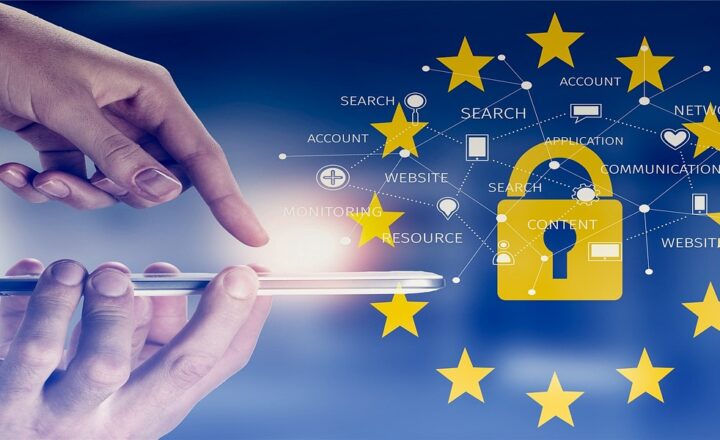
In an increasingly digital world, understanding data privacy has become essential for individuals and organizations alike. The vast amounts of personal information shared online can lead to significant risks if not properly managed. This article will provide an in-depth look at the fundamentals of data privacy, common threats, and actionable steps individuals can take to protect their information.
1. Understanding Data Privacy
Data privacy, often referred to as information privacy, involves proper handling, processing, and storage of personal data. This includes being aware of how your information is collected, used, and shared by different parties, whether it’s social media platforms, email providers, or e-commerce websites. Here are some fundamental concepts associated with data privacy:
- Personal Data: Any information that can be used to identify an individual, including names, email addresses, phone numbers, and even IP addresses.
- Data Processing: The operations performed on personal data, such as collection, storage, use, and deletion.
- Data Protection Laws: Regulations designed to safeguard individuals’ data privacy rights and impose obligations on organizations that handle personal data.
It’s crucial to understand that data privacy is not just a legal obligation; it’s also about building trust with users and customers.
2. The Importance of Data Privacy
Protecting personal information is vital for several reasons:
- Prevention of Identity Theft: Personal data falling into the wrong hands can lead to identity fraud, impacting financial security and personal well-being.
- Your Personal Reputation: Sensitive data breaches, like leaked emails or personal photographs, can damage one’s reputation and relationships.
- Compliance with Laws: With regulations such as GDPR (General Data Protection Regulation) and CCPA (California Consumer Privacy Act), organizations must adhere to legal standards or face hefty penalties.
Having a solid grasp of data privacy helps both individuals and organizations mitigate risks associated with data breaches.
3. Common Data Privacy Threats
Understanding potential threats is crucial to effectively protecting your data. Here are some of the most common data privacy threats:
- Phishing Attacks: Cybercriminals often use misleading emails or messages to trick individuals into revealing sensitive information.
- Malware: Malicious software can infiltrate systems, potentially stealing personal data or corrupting files.
- Data Breaches: Large-scale breaches happen when unauthorized individuals gain access to an organization’s database containing personal information.
- Public Wi-Fi Risks: Using unsecured public Wi-Fi networks can expose users to data interception and theft.
It’s important to be vigilant when dealing with personal data, as the risk landscape is continually evolving.
4. Practical Steps to Protect Your Data
To enhance your data privacy, consider implementing the following strategies:
- Use Strong Passwords: Create complex passwords and change them regularly. Consider using a password manager for better security.
- Enable Two-Factor Authentication (2FA): This adds an extra layer of security by requiring a second form of verification beyond just your password.
- Be Cautious with Sharing Information: Limit the personal information you share on social media and avoid oversharing sensitive data.
- Keep Software Updated: Regularly update your devices and applications to protect against vulnerabilities that could be exploited by cybercriminals.
- Use a VPN: A Virtual Private Network can help secure your online activity, especially when using public networks.
Taking proactive steps makes it more difficult for malicious actors to compromise your personal information.
5. Navigating Data Privacy Laws
With the rise of data privacy concerns, various laws have been enacted globally to protect consumers. Familiarizing yourself with these laws can empower you in safeguarding your information:
- GDPR: Enforced in the European Union, these regulations grant individuals rights over their personal data, including the right to access, correction, and deletion.
- CCPA: In California, the CCPA gives residents the right to know what personal data is being collected and to whom it is sold.
Understanding these laws helps individuals better navigate their rights and the responsibilities of organizations.
Conclusion
In a time where personal information is constantly collected and shared, understanding data privacy has never been more critical. By realizing the importance of data privacy, recognizing threats, and implementing protective measures, individuals can take significant steps to safeguard their information. Data privacy isn’t solely a technical concern; it’s a fundamental aspect of maintaining meaningful relationships, security, and trust in our digital interactions.
Start implementing these practices today, and empower yourself with the knowledge needed to navigate the digital landscape securely.







